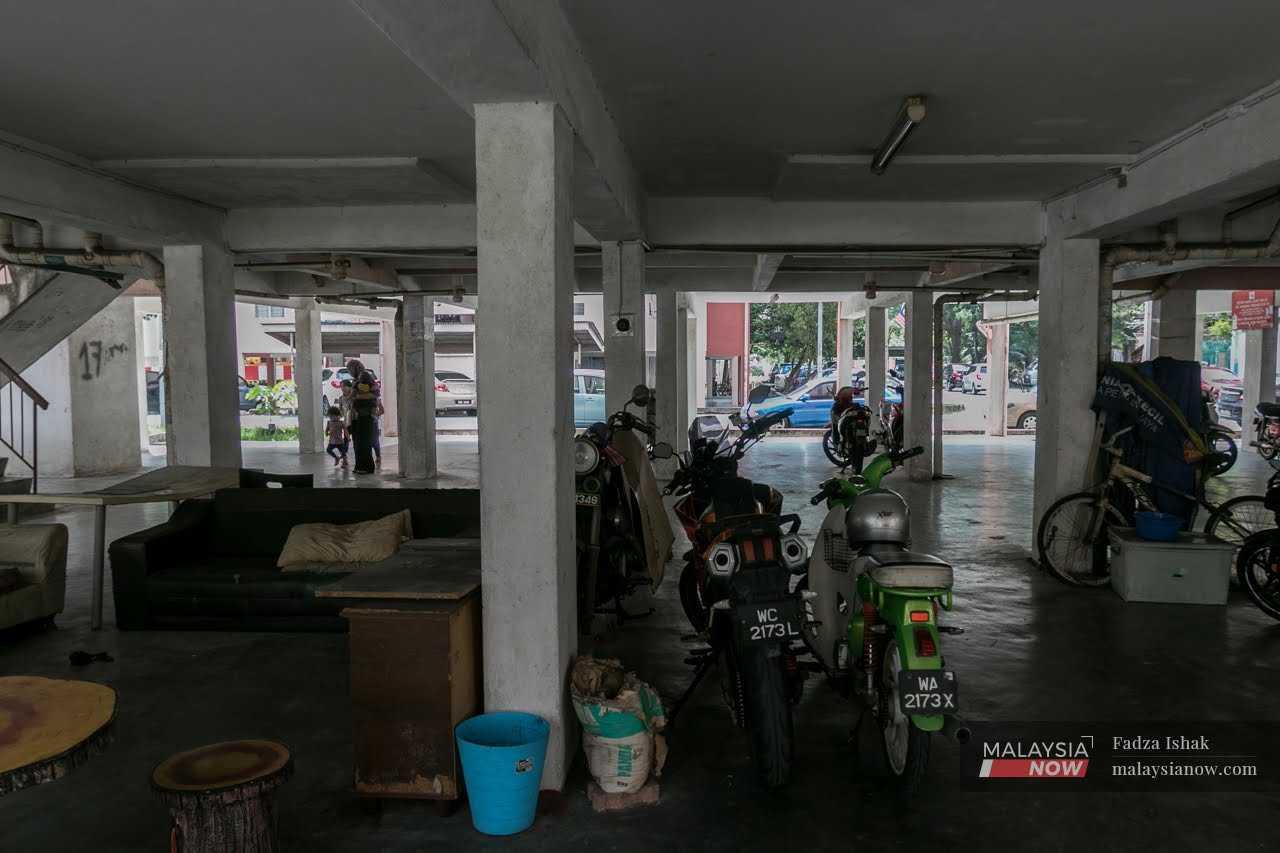Infrastructure, public space still a pain in 'modern' Shah Alam
Despite being the capital of Malaysia's richest state, Shah Alam has been beset by such problems for years.
Just In
In Shah Alam, the capital of Malaysia's richest state Selangor, residents are still grappling with infrastructure problems despite the city's image as a relatively modern urban area.
Once known as Sungai Renggam, it is host to well-known institutions of higher education like Universiti Teknologi Mara, Universiti Selangor, and Malaysia Science University, and has its fair share of factories and industrial areas.
But despite the hustle and bustle of economic development, residents remain peeved over a number of issues which they say have been a thorn in their side for a long time.
Luqmanul Arif Karim, 30, has lived in Section 16 since he was a child. For three decades, he has heard the same issues raised over and over again: the poor quality of roads and a lack of facilities for the locals.
"Even the playgrounds are old and no longer safe for use," he said.
"It's hard for me to bring my children anywhere. Sometimes we have to head to locations that are much further away from home."
There are also flood mitigation problems, with the roads in Taman Sri Muda – one of several areas submerged by floodwater last year – in dire need of maintenance and upgrading.
Dr Afif Bahardin, Perikatan Nasional's (PN) candidate for the Shah Alam seat, said infrastructure problems were a common grouse in the area.
"Shah Alam is divided into two," he said. "Section 1 to 15 consists of those in the middle-income bracket and above. They are educated and have different expectations.
"But those who live in Section 16 to 24, most of them are in the B40 group. They live in cramped housing areas with very little room to move about."
Afif, a Shah Alam local, said more attention needs to be given to public space in the area.
"Shah Alam used to be known for its lake," he said, referring to Tasik Shah Alam. "But is that all?
"We have to see how to improve the parks throughout the area."
Afif is one of four candidates vying for the Shah Alam seat in the upcoming general election.
The Seberang Jaya incumbent is up against Hizatul Isham Abdul Jalil (Barisan Nasional), Azli Yusof (Pakatan Harapan) and Muhammad Rafique Rashid Ali (Gerakan Tanah Air).
Khalid Samad, the Shah Alam incumbent who has held the seat for three terms, has been fielded in Titiwangsa this time around.
Shah Alam is considered an urban seat, with a Malay majority and a significant number of non-Malay voters.
According to the 2020 census, it had a total population of 438,745 at the time.
Of these, 74% were Malay while the Chinese and Indians represented 17% and 8% respectively.
There are two state constituencies within Shah Alam: Kota Anggerik and Batu Tiga.
Political analyst Mazlan Ali said it was not impossible for PH to defend the seat come Nov 19.
"Voters in Shah Alam are urban Malays who are more free in determining their political stands," he said.
"And the non-Malay voters will be more inclined towards PH."
Mazlan, of Universiti Teknologi Malaysia, also said that the issue of floods which reached a peak in December last year would affect neither the state administration nor the opposition as most people blamed the federal government for the delayed response.
Other problems in the constituency include frequent water cuts and traffic congestion.
Ahmad Ramlan Abdul Talib, who has lived in Shah Alam for 32 years, blamed the large number of traffic lights for the congestion from Jalan Subang from the Guthrie expressway until the Federal Highway in Batu 3.
"Some of them can't function as signalised junctions," he said.
He said he had raised the issue with the city council before, but was told that the matter lay within the jurisdiction of the federal government.
Subscribe to our newsletter
To be updated with all the latest news and analyses daily.
Related Articles
Most Read
No articles found.
